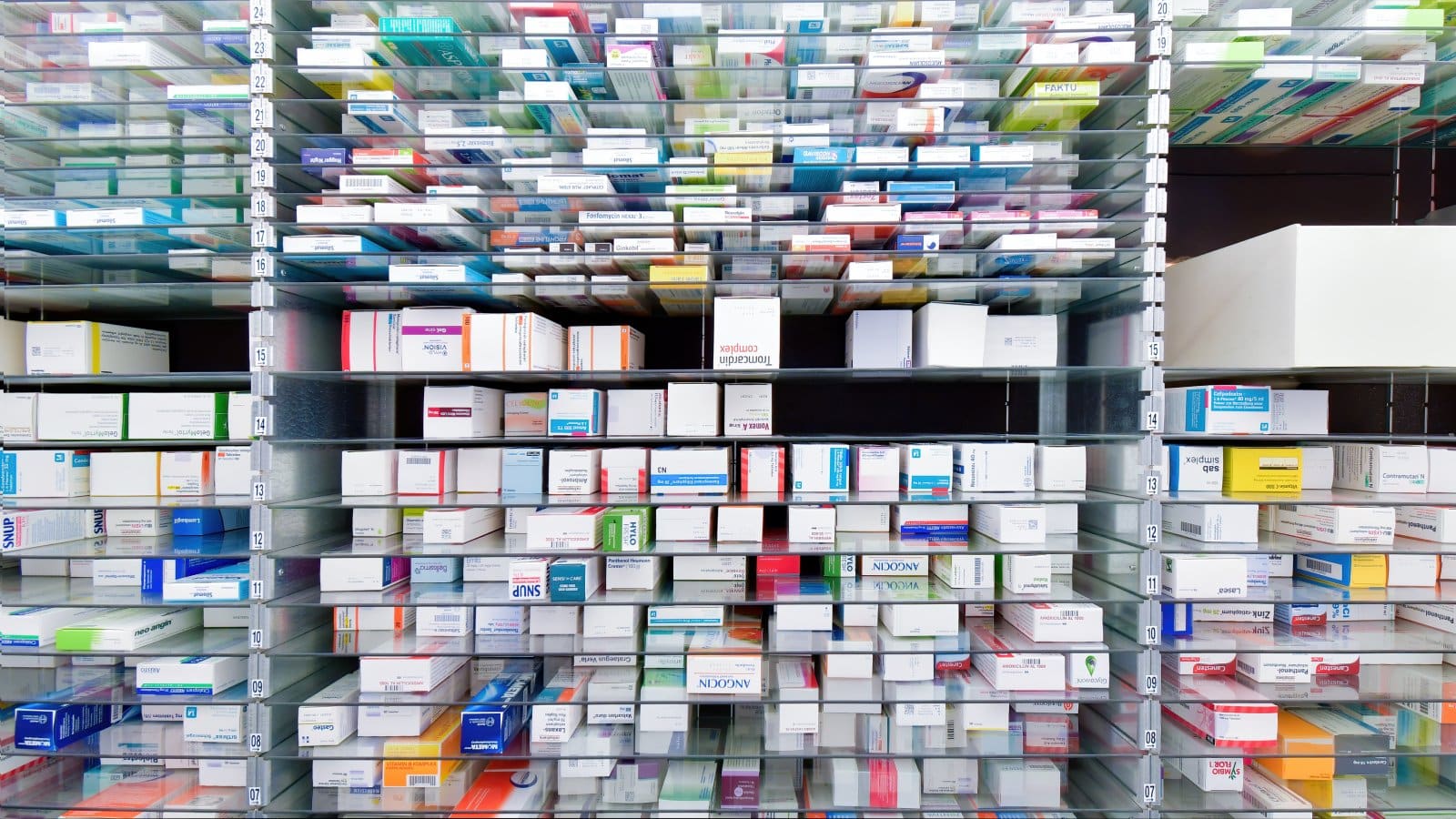The pharmaceutical industry is known for its significant profits, often at the expense of consumers. Here are 20 methods through which Big Pharma capitalizes on illnesses.
#1. High Drug Prices

Image Credit: Shutterstock / Zamrznuti tonovi
Pharmaceutical companies often set extremely high prices for new drugs, far beyond the cost of production and research.
#2. Evergreening

Image Credit: Shutterstock / Matej Kastelic
Companies make minor modifications to existing drugs to extend their patents and keep generic alternatives off the market.
#3. Direct-to-Consumer Advertising

Image Credit: Shutterstock / Prostock-studio
Big Pharma spends billions on advertising directly to consumers, encouraging them to ask doctors for specific, often more expensive, medications.
#4. Lobbying Efforts

Image Credit: Shutterstock / fizkes
The industry invests heavily in lobbying to influence healthcare policies and regulations in their favor.
#5. Price Gouging

Image Credit: Shutterstock / BearFotos
In situations of high demand or limited competition, companies may drastically increase prices for essential medications.
#6. Limited Generic Competition

Image Credit: Shutterstock / i viewfinder
Pharmaceutical companies use legal strategies to delay or prevent the entry of cheaper generic drugs into the market.
#7. Overprescribing Incentives

Image Credit: Shutterstock / nut_foto
Big Pharma provides incentives to doctors to prescribe their medications, sometimes regardless of the best interest of patients.
#8. Market Exclusivity

Image Credit: Shutterstock / Halawi
Through various regulatory tactics, companies maintain market exclusivity for certain drugs, keeping prices high.
#9. Pay-for-Delay Agreements

Image Credit: Shutterstock / Monkey Business Images
Pharmaceutical companies pay generic drug makers to delay the release of cheaper versions of their drugs.
#10. Exploiting Orphan Drug Act

Image Credit: Shutterstock / Ground Picture
Companies use the Orphan Drug Act, meant to encourage rare disease treatment development, to secure exclusive rights and set high prices.
#11. Patent Clustering

Image Credit: Shutterstock / chaylek
Companies file multiple patents around a single drug to create a thicket that prevents competitors from entering the market.
#12. Bundling Products

Image Credit: Shutterstock / PeopleImages.com – Yuri A
Pharmaceutical companies bundle essential drugs with less necessary ones to drive up overall sales.
#13. Manipulating Drug Trials

Image Credit: Shutterstock / VGstockstudio
There is evidence of companies selectively publishing positive trial results while downplaying negative or neutral outcomes.
#14. Influencing Medical Education

Image Credit: Shutterstock / New Africa
Pharmaceutical companies fund medical education programs to sway healthcare professionals toward their products.
#15. Exploiting Regulatory Loopholes

Image Credit: Shutterstock / wavebreakmedia
Companies exploit loopholes in regulations to maximize profits, often at the expense of consumer access to affordable medications.
#16. Inflating Research and Development Costs

Image Credit: Shutterstock / Ground Picture
Pharmaceutical companies often claim high research and development costs to justify high drug prices.
#17. Focusing on Profitable Diseases

Image Credit: Shutterstock / George Rudy
Companies prioritize research on diseases that promise the most profit, often neglecting less profitable but critical health issues.
#18. Suppressing Natural or Low-Cost Alternatives

Image Credit: Shutterstock / Max Acronym
Big Pharma has been accused of suppressing research into natural or low-cost alternatives that could compete with their products.
#19. Creating ‘Me-Too’ Drugs

Image Credit: Shutterstock / ASDF_MEDIA
Companies develop drugs that are very similar to existing drugs to capture a share of an established market without significant innovation.
#20. Skewed Pricing Globally

Image Credit: Shutterstock / SaiArLawKa2
Pharmaceutical companies often set higher prices in markets like the United States compared to other countries, exploiting the lack of price controls.
Ulterior Motives

Image Credit: Shutterstock / LightField StudiosASDF_MEDIA
These strategies demonstrate how Big Pharma often prioritizes profit over patient well-being, impacting healthcare affordability and accessibility globally.
The post – 20 Shocking Ways Big Pharma Profits from Your Sickness – first appeared on Mechanic Insider.
Featured Image Credit: Shutterstock / PeopleImages.com – Yuri A .
The content of this article is for informational purposes only and does not constitute or replace professional financial advice.
For transparency, this content was partly developed with AI assistance and carefully curated by an experienced editor to be informative and ensure accuracy.



